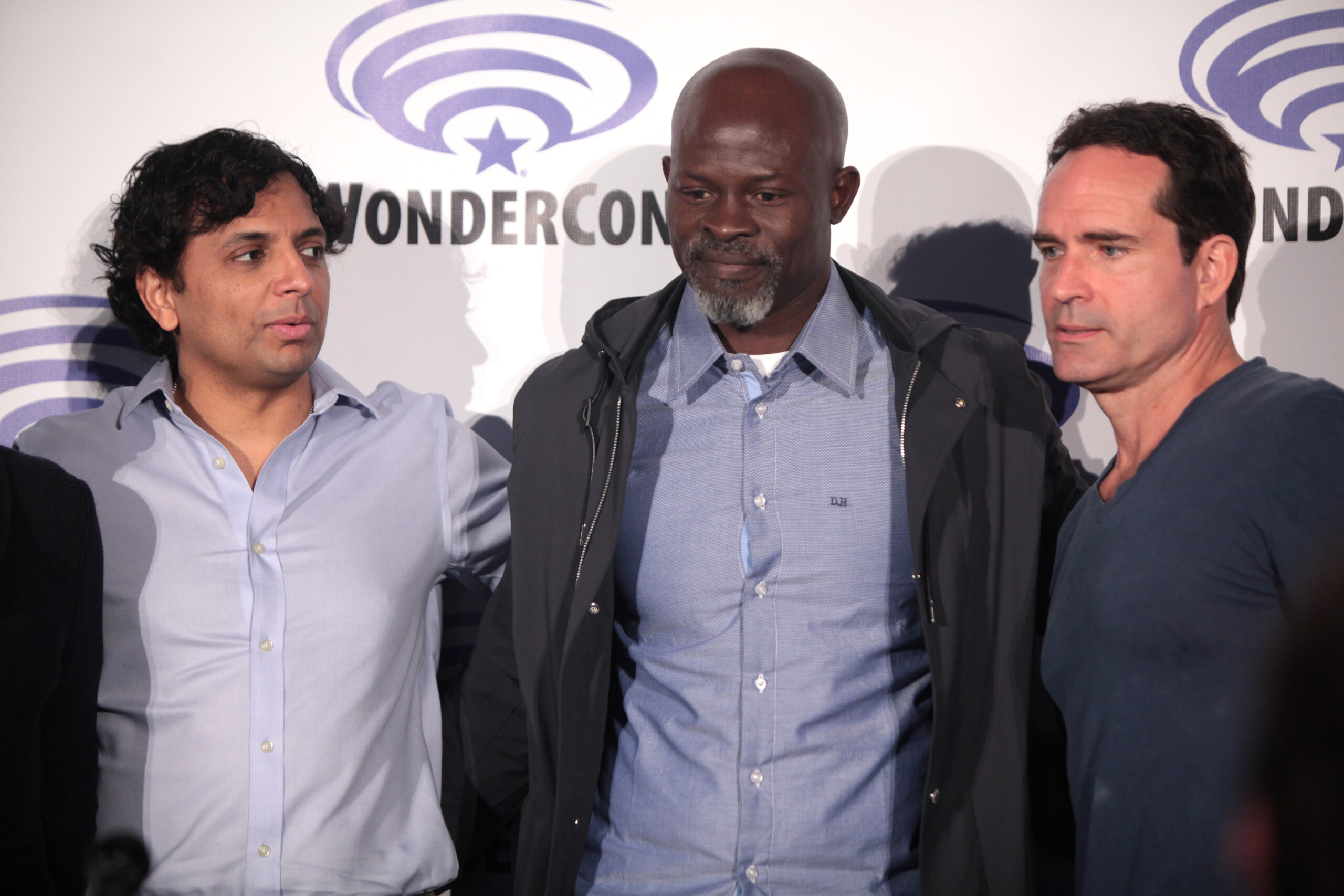
M. Night Shyamalan. The name conjures twists and deep narratives. Before his later work, there was *Unbreakable*. Released in 2000, after *The Sixth Sense*, this film wasn’t just another thriller; it was a quietly revolutionary deconstruction of the superhero genre, years before the MCU. It asked, “What if a real-life superhero walked among us, unaware of his own incredible power?” This provocative query set the stage for a truly unique cinematic experience.
This isn’t just an early aughts flick; it’s a foundational text for a cinematic universe nobody, not even Shyamalan initially, saw coming. *Unbreakable* laid groundwork for a grounded, melancholic take on super-beings, rejecting flashy theatrics for introspection. From distinct visuals to deeply human performances, it earned cult classic status, proving its enduring power despite a somewhat misunderstood initial release. It challenged conventional superhero tropes, paving the way for more nuanced portrayals of extraordinary individuals in ordinary worlds.
So, buckle up, because we’re taking a deep dive into the nuts and bolts of *Unbreakable*. We’ll peel back Shyamalan’s vision, dissect the characters that breathe life into this extraordinary tale, and examine the meticulous craftsmanship that transformed a speculative script into a cinematic legend. Forget the capes and the CGI; this is about the raw, visceral reality of power, fragility, and the discovery of one’s true self. It’s the origin story that broke the mold, and we’re here to give it the enthusiast-level breakdown it deserves.
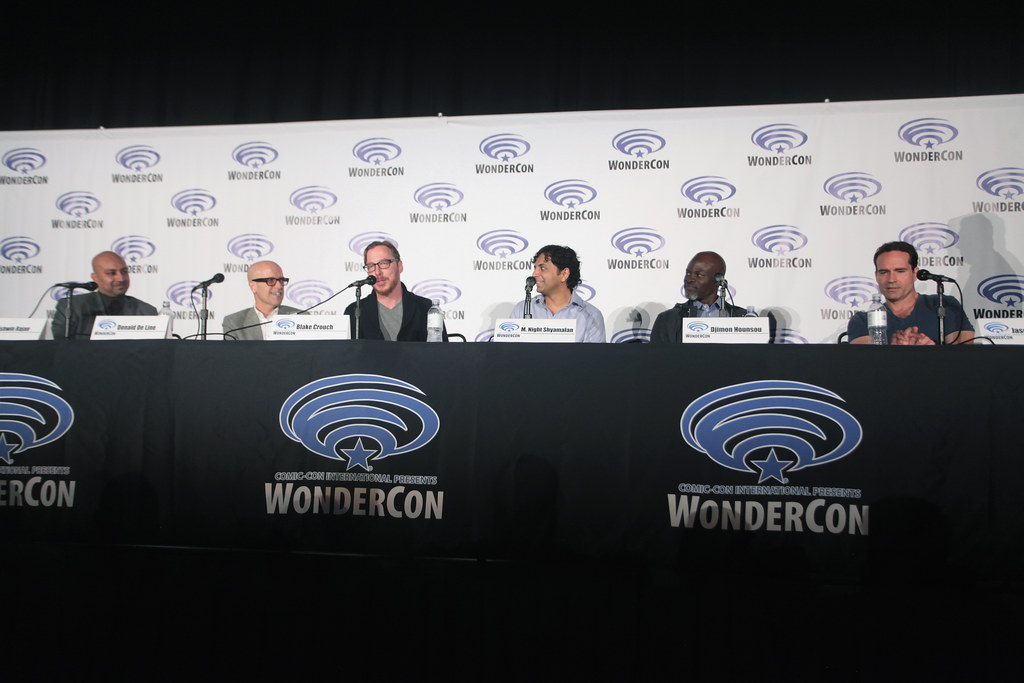
1. **M. Night Shyamalan’s Vision: The Genesis of a Grounded Epic**When M. Night Shyamalan conceived *Unbreakable*, he meticulously structured its narrative to parallel “a comic book’s traditional three-part structure.” This wasn’t a casual nod but a deliberate blueprint for a unique superhero origin, envisioning a hero’s “birth,” subsequent “struggles against general evil-doers,” and eventual “ultimate battle against the ‘archenemy’.” This foundational design, drawn from the very essence of comic lore, underpins the film’s entire narrative.
Shyamalan found the “birth section most interesting,” leading him to “decide to write *Unbreakable* as an origin story.” This focus on discovery and self-realization sets the film apart, showcasing the slow, often disbelieving process of becoming a hero. It allowed for a depth of character exploration missing in bombastic superhero fare, presenting a more realistic vision of the genre where power is a burden as much as a gift.
The film embodies Shyamalan’s commentary on archetypes, explicitly stating “Good cannot exist without evil and evil cannot exist without good.” This philosophical underpinning is crucial, linking the hero’s journey inextricably to the villain’s. It’s a testament to his distinctive voice, infusing a grand, mythological concept into a mundane Philadelphia setting, proving true power can be found in everyday reality.
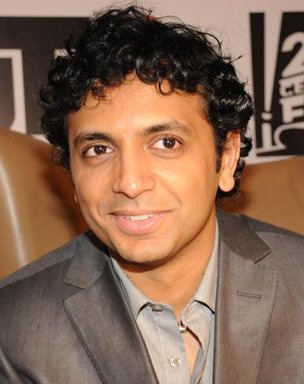
2. **David Dunn: The Unbreakable Man Behind the Everyday Face**Bruce Willis’s portrayal of David Dunn is a masterclass in understated power. Introduced as a “former star quarterback and security guard,” David’s life appears ordinary until the horrifying “Eastrail 177” train crash. While “131 other passengers” perished, David emerges “unscathed”—an impossible survival that becomes the catalyst for his extraordinary journey. This quiet intensity in Willis’s performance earned praise from Roger Ebert for its “subtle acting,” a refreshing departure from his usual action roles.
David’s realization of his “superhuman abilities” is unsettling, not triumphant. We learn he “feigned injury from the crash to quit football because Audrey hated the violence of the sport,” a deliberate choice to suppress his true nature. This internal conflict—his reluctance to embrace power—makes him profoundly relatable despite his unique circumstances, highlighting the burden of extraordinary gifts and the sacrifices made for love.
Beyond invulnerability, David possesses “extrasensory perception” that reveals “criminal acts” through touch. This isn’t a power for glory, but a heavy responsibility. His transformation culminates in saving a family from a “sadistic janitor,” a sequence that, despite some criticism, firmly cements his role as a protector. David Dunn becomes “Security” or “Hero” through quiet, determined action, symbolically marked by “green.”
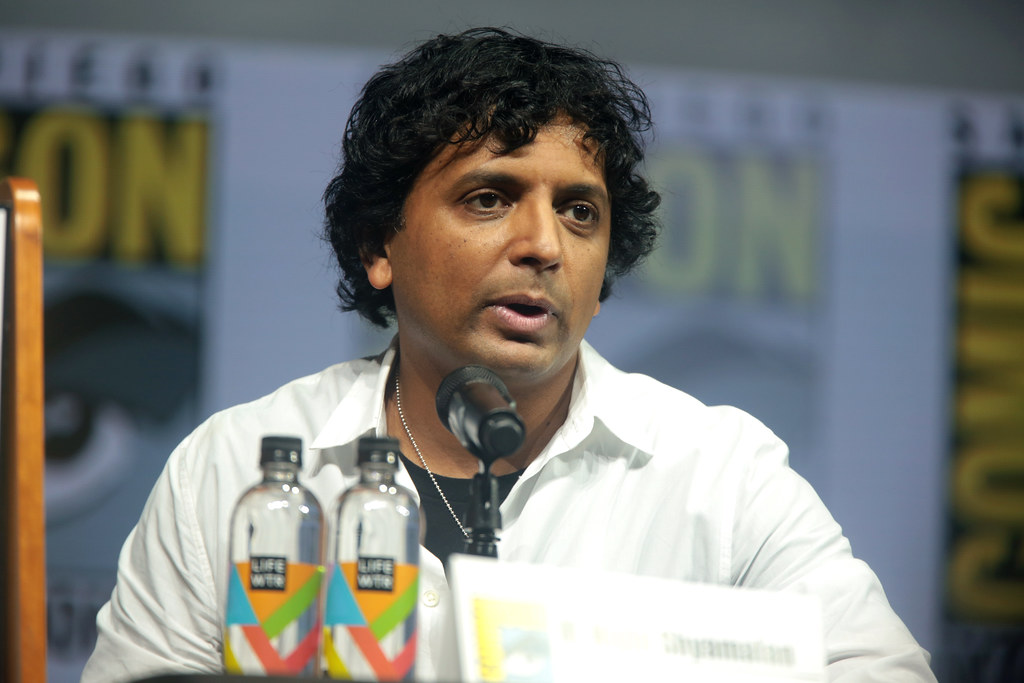
3. **Elijah Price: Mr. Glass’s Frailty and Formidable Intellect**Samuel L. Jackson delivers a captivating and chilling performance as Elijah Price, later “Mr. Glass.” Born with “Type I osteogenesis imperfecta,” his bones are extremely fragile, making him David Dunn’s physical antithesis. This frailty fuels a lifelong obsession: “If he represents extreme frailty, there must be someone ‘unbreakable’ at the opposite extreme.” Jackson masterfully portrays a man “quietly menacing, formidably intelligent, and uses a facade of sophistication and knowledge to conceal anger that runs deep.”
Elijah’s journey is one of relentless pursuit, a mirror to David’s reluctance. He “has spent a long time looking for an unbreakable man,” driven by a profound need to understand his own place. His comic book store, “Limited Edition,” is his sanctuary and source for elaborate “real-life superheroes” theories. As the intellectual architect, he constantly prods David toward self-discovery, always marked by “purple,” denoting his villainous archetype. His mother’s insight regarding villains fighting with “intelligence” perfectly frames his cerebral evil.
The ultimate twist, revealing Elijah orchestrated “numerous high-profile ‘accidents,’ including David’s train crash,” is the gut-punch elevating him to full-blown supervillain. His declaration, “Now that we know who you are, I know who I am,” solidifies his transformation into “Mr. Glass.” He’s a villain driven not by greed, but by a twisted intellectual quest—a desperate, destructive search for meaning, establishing him as one of superhero cinema’s most memorable antagonists.
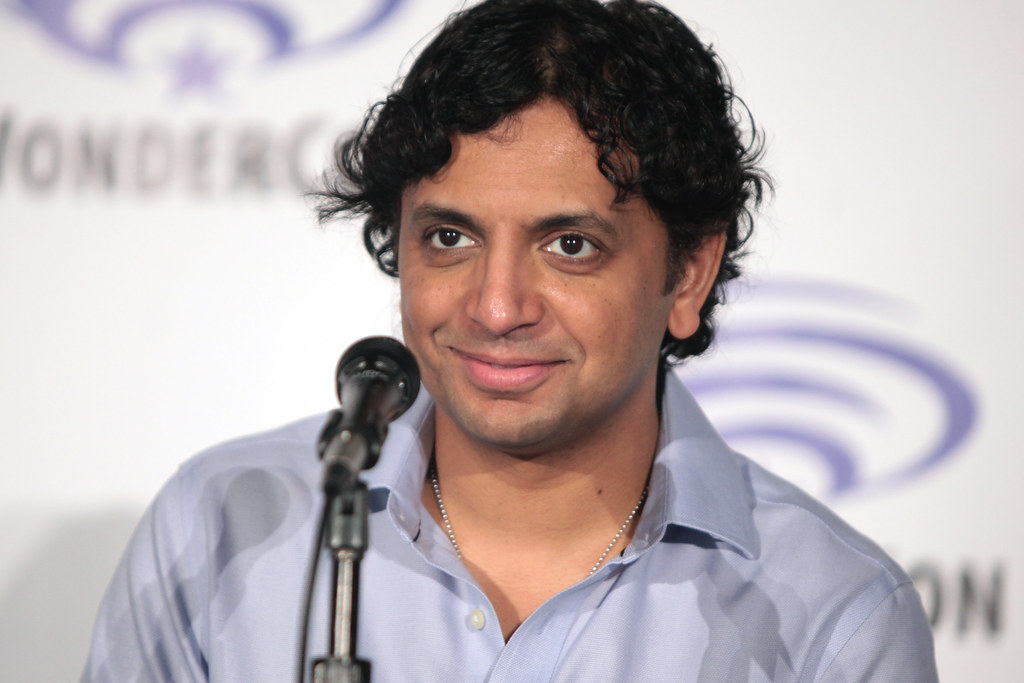
4. **The Comic Book Blueprint: Narrative, Aesthetics, and Archetypes***Unbreakable* isn’t just a movie *about* comic books; it structurally *is* one. Shyamalan “organized the narrative… to parallel a comic book’s traditional three-part story structure,” a deliberate blueprint for a unique superhero origin. This focused on a hero’s “birth,” “struggles against general evil-doers,” and “ultimate battle against the ‘archenemy’,” allowing for methodical unveiling and deep character exploration—a truly distinct approach.
The film’s visual language directly homages the medium. Shyamalan and cinematographer Eduardo Serra “chose several camera angles to simulate the look of a comic book panel,” framing actions and reactions with deliberate composition. The pervasive use of reflections, especially for Elijah (often “seen reflected in mirrors” or “a blank TV screen”), reinforces this visual motif, deepening his character’s psychological depth and presenting him within his own narrative panel.
Furthermore, the film embraces “comic book references” through “identified color schemes and aliases.” David’s “green and ‘Security’ or ‘Hero'” starkly contrasts Elijah’s “purple and ‘Mr. Glass’.” These colors appear ubiquitously—in “clothes,” “wallpaper,” “bed sheets,” and “personal items”—creating a subconscious visual language reinforcing archetypal roles. Even crime victims David senses are highlighted by “an article of clothing in a single bright color,” a concise shorthand for evil in a hero’s world.
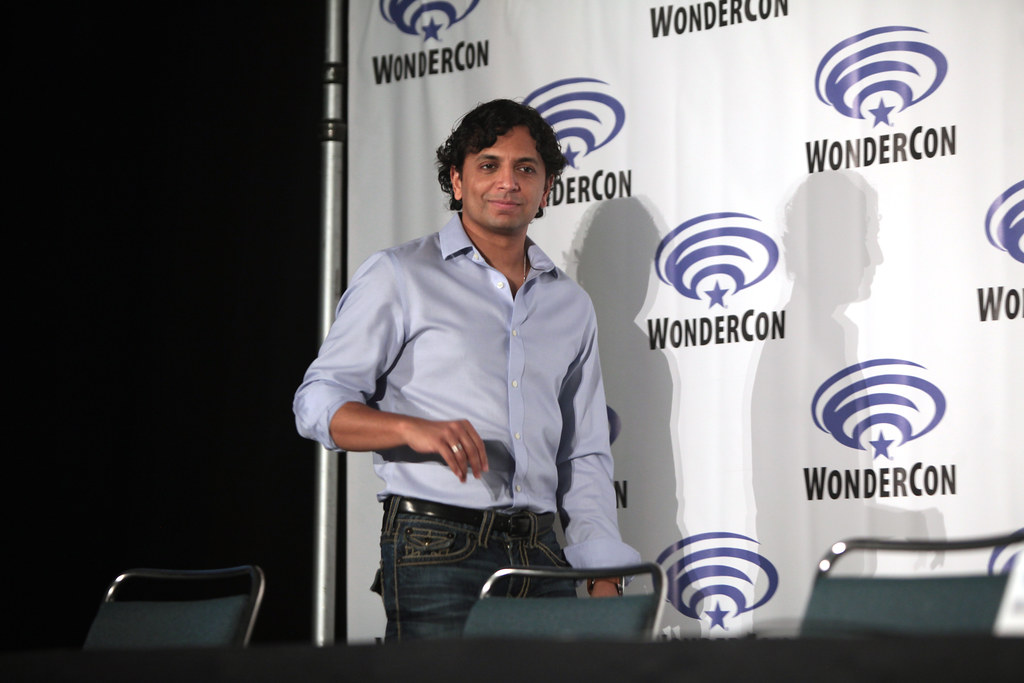
5. **The Supporting Ensemble: Anchoring the Superhuman with Human Connection**While David and Elijah are central, *Unbreakable*’s emotional weight rests firmly on its powerful supporting cast. Robin Wright, as Audrey Dunn, portrays David’s wife, a “physical therapist,” grappling with a marriage “run out of love.” Her brave decision that David’s miraculous survival “may be their opportunity to try one last time to save the marriage” grounds the fantastical in relatable domestic drama. She’s a character with a vital emotional arc, not merely a bystander.
Spencer Treat Clark’s Joseph Dunn, David’s son, is equally crucial. Joseph “idolizes his father, believing him to be a superhero,” even when David struggles. This unwavering belief serves as a powerful moral compass and motivator, highlighting the profound impact of a child’s faith. Joseph’s presence in “crucial scenes like the first meeting of David and Elijah” emphasizes his importance as an emotional bridge and driving force in David’s awakening.
Charlayne Woodard as Mrs. Price, Elijah’s elderly mother, adds depth, offering wisdom that directly informs the central conflict. Her explanation of “the difference between villains who fight heroes with physical strength and those who use their intelligence” is pivotal, articulating the intellectual battle that defines David and Elijah’s dynamic. These integral characters provide the human connections and emotional stakes that make *Unbreakable* resonate deeply.

6. **Behind the Camera: Production Insights and Shyamalan’s Craft***Unbreakable*’s production showcased M. Night Shyamalan’s meticulous approach. Riding high on *The Sixth Sense*’s success, he envisioned “Bruce Willis for the lead role of David Dunn” during that film’s shoot. This foresight, extending to “Samuel L. Jackson specifically in mind for the two leading characters,” allowed Shyamalan to craft the “spec script” with their talents embedded. Jackson even recalled Willis’s excitement from a Casablanca meeting, highlighting early synergy.
Shyamalan’s leverage post-*The Sixth Sense* secured a significant “first-look deal for *Unbreakable*” with Walt Disney Studios. Disney purchased the screenplay for a “spec script record” of $5 million, plus “$5 million to direct.” This underscored Disney’s faith and helped establish Shyamalan’s “Blinding Edge Pictures,” crucial for creative control. The film’s release under Touchstone Pictures, while later debated for marketing, initially signified robust studio support.
Casting saw a notable shift: Julianne Moore, initially as Audrey, “dropped out in March 2000” for *Hannibal*. Robin Wright was swiftly “cast in her place,” a change serving the film well. Principal photography began efficiently on “April 25, 2000, and ended that July.” Filming “the majority… in Philadelphia, Pennsylvania, the film’s setting,” rooted the story in tangible reality, enhancing its grounded, docu-drama feel—a deliberate departure from typical superhero fare.
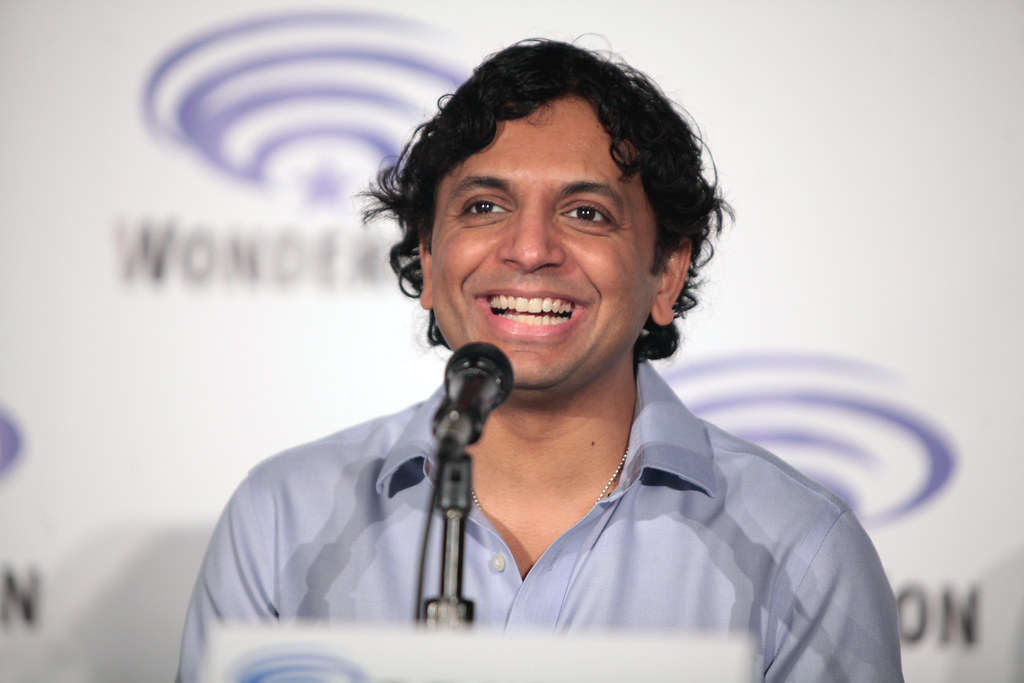
7. **Visual Language and Color Palettes: A Deep Dive into Cinematic Symbolism***Unbreakable* is a profound visual experience, a masterclass in cinematic symbolism through color and framing. Shyamalan and cinematographer Eduardo Serra “chose several camera angles to simulate the look of a comic book panel.” This created a deliberate, almost static quality, making each shot a significant moment in a graphic narrative, compelling viewers to absorb every meticulously composed detail—a true visual storyteller’s triumph.
“Various visual narrative motifs” are evident, especially for Mr. Glass. Scenes related to Elijah frequently “involve glass,” thematically and as a literal framing device emphasizing his brittle yet reflective nature. As a newborn, he’s “primarily seen reflected in mirrors”; as a child, “reflected in a blank TV screen.” Later, he’s “reflected in a glass frame in his art gallery.” This pervasive use of reflections underscores his fragmented identity and his “unbreakable” mind, with Jackson even requesting his walking stick be made of glass for menace.
Striking “identified color schemes” act as overt archetypes. David Dunn is consistently “green,” symbolizing life and his heroic nature. Elijah Price, conversely, is draped in “purple,” associated with mystery, villainy, and intellect. This coding is omnipresent—in “clothes,” “wallpaper,” “bed sheets,” and “personal items”—creating a subconscious visual language reinforcing archetypal roles. Even crime victims David senses are highlighted by “an article of clothing in a single bright color,” a concise shorthand for evil, elevating the film’s storytelling through aesthetic precision.
Alright, so we’ve covered the nuts and bolts, the gears and levers that built *Unbreakable* into the cinematic anomaly it is. But as any true enthusiast knows, the story doesn’t end when the credits roll—especially not for a film as layered as this one. The real fun begins when you dig into how this machine was received, how it evolved, and the sneaky little details that only the sharpest eyes could catch. So, crank the ignition, because we’re peeling back another layer of Shyamalan’s genius.
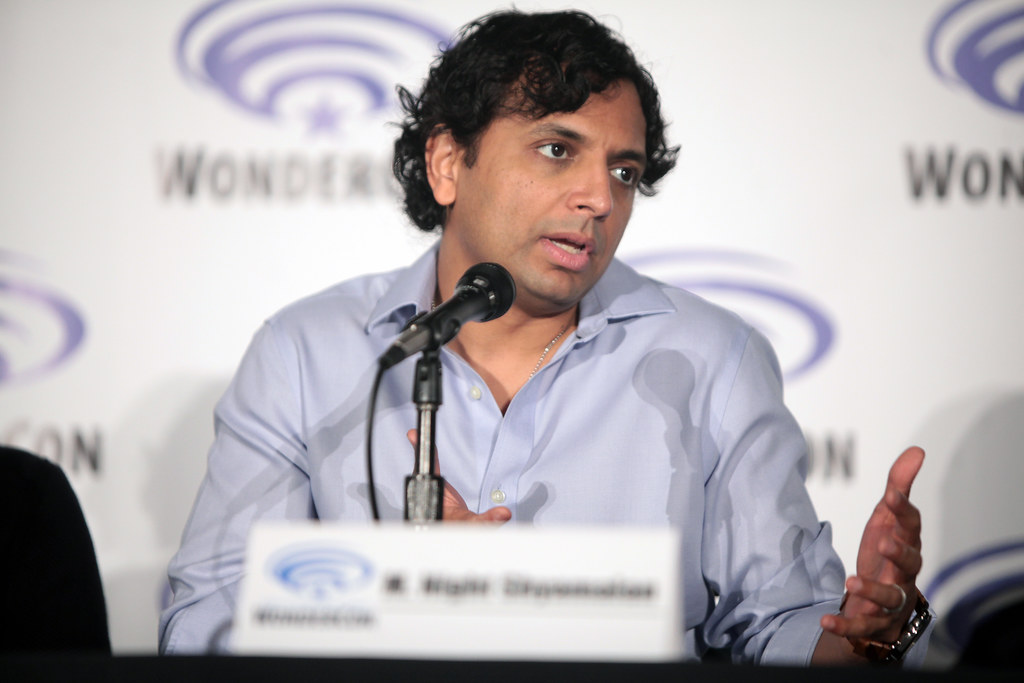
8. **The Score That Sings: James Newton Howard’s Pivotal Soundtrack**Look, a good film score isn’t just background noise; it’s another gear in the narrative engine, driving the emotion and setting the tone. And James Newton Howard, who Shyamalan tapped immediately after their *Sixth Sense* collaboration, absolutely crushed it for *Unbreakable*. This wasn’t just a gig; it was a deep dive into the melancholic, grounded world Shyamalan was building.
Recorded at the hallowed AIR Studios Lyndhurst Hall, a converted church in London, Howard’s music became the soul of *Unbreakable*. It weaves through David Dunn’s quiet despair and Elijah Price’s calculating intellect, lending immense emotional weight to every scene. Critics, even those who might have scratched their heads at the ending, universally praised how the score contributed to the film’s unique aesthetic and emotional resonance.
It’s a score that knows when to be subtle, a quiet hum beneath David’s daily grind, and when to swell with a sense of awe, recognizing the extraordinary bubbling beneath the mundane. Like a perfectly tuned engine, it provides the power without ever overpowering the ride. Without Howard’s atmospheric, often haunting compositions, *Unbreakable* simply wouldn’t resonate with the same quiet intensity that makes it so compelling.
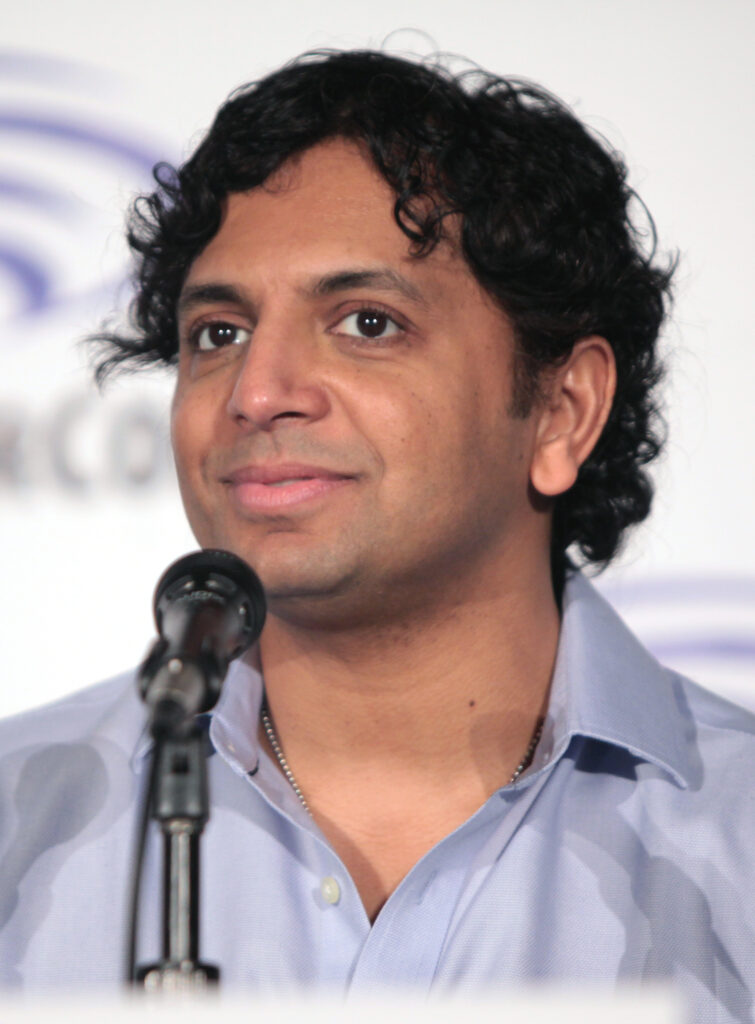
9. **Marketing Misfire and Muddled Messages: The Initial Reception**Now, here’s where things get interesting, and frankly, a bit frustrating. Shyamalan, being the visionary he is, *knew* what he had: a groundbreaking comic book movie. He wanted to promote *Unbreakable* as exactly that. But Walt Disney Studios, through their Touchstone Pictures banner, fresh off the massive supernatural thriller success of *The Sixth Sense*, had other ideas.
Disney insisted on marketing *Unbreakable* as a psychological thriller, playing into the audience’s expectations from Shyamalan’s previous hit. This decision, as Shyamalan himself admitted, was a profound disappointment and arguably kneecapped the film’s initial theatrical run. It’s a prime example of a studio trying to cram a square peg into a round hole, leaving audiences confused about what they were actually in for.
Initial critical reviews were, for the most part, positive. Roger Ebert, despite his disappointment with the ending, lauded Bruce Willis’s “subtle acting,” a refreshing departure from his usual action fare. Richard Corliss praised Shyamalan’s “balancing sophistication and horror,” while Desson Thomson admired the “fascinating labyrinth” the director created. However, Kenneth Turan criticized its lack of originality, arguing it lived too much in *The Sixth Sense*’s shadow, and Todd McCarthy, while praising editing and music, critiqued Shyamalan’s writing. The audience, perhaps most tellingly, gave it an average “C” grade on CinemaScore – a clear signal of mixed feelings and potentially unmet expectations due to that confusing marketing push.
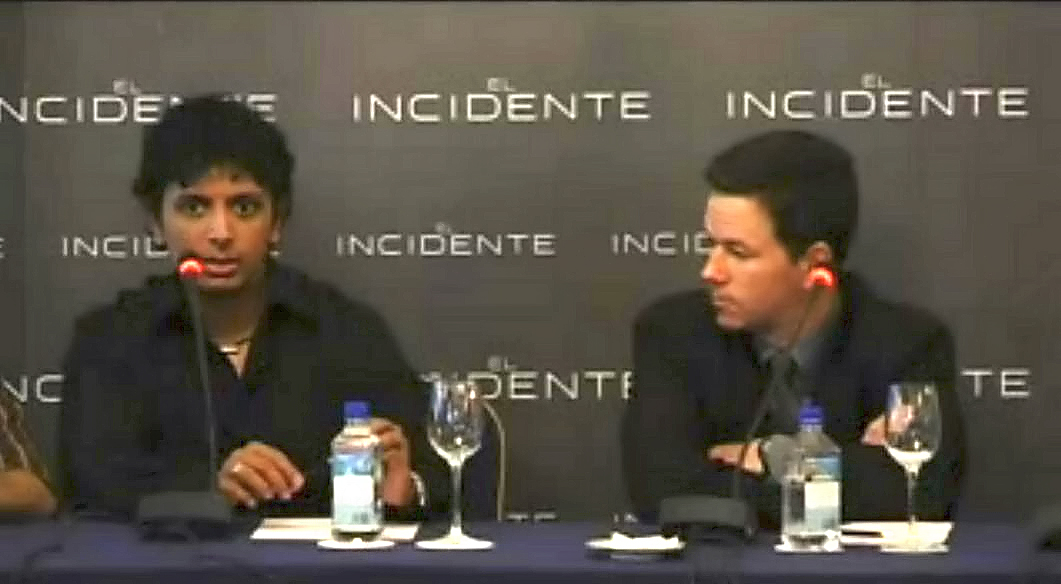
10. **Box Office Brawl and Home Run Haul: Financial Performance**So, *Unbreakable*’s theatrical release in November 2000 wasn’t exactly a drag race win. It opened to $30.3 million, finishing second behind the juggernaut *How the Grinch Stole Christmas*. Domestically, it pulled in $95 million, and internationally, it added another $153.1 million, for a respectable global total of $248.1 million against its $75 million budget.
While a quarter-billion dollars isn’t exactly chump change, Shyamalan later noted the studio considered its box office “disappointing” when he initially pitched a sequel. This highlights the high stakes and often unrealistic expectations in Hollywood, especially for a director fresh off a monster hit. Sometimes, a successful film still isn’t “successful enough” to greenlight a follow-up immediately.
However, this is where *Unbreakable* pulled a classic underdog move and became a home video champion. When it hit DVD and VHS in June 2001, it absolutely *dominated*. The THX-certified two-disc set, packed with bonus features and deleted scenes, sold a staggering 2.3 million units in the United States and became the top DVD video rental of 2001. It raked in an additional $123.11 million from U.S. home video sales and rentals alone. This brought its combined global box office and U.S. home video revenue to a whopping $371,028,653, boasting an impressive 495% return on investment. Talk about a slow burn! This film didn’t just break even; it shattered expectations on the aftermarket, proving its enduring appeal long after its theatrical run.
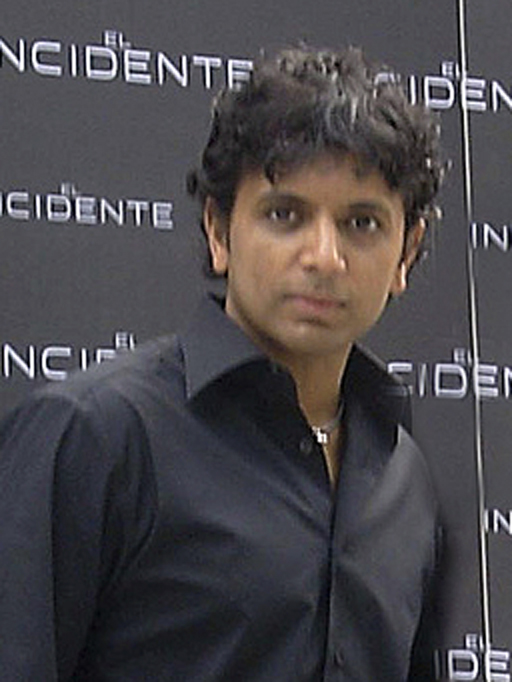
11. **The Gears Shift: Unbreakable’s Resounding Critical Re-evaluation**Like a classic car that gains appreciation over time, *Unbreakable* has enjoyed a powerful and well-deserved critical re-evaluation in the years since its release. It steadily built a “strong cult following,” a loyal fanbase that understood its unique vision and celebrated its quiet genius. This wasn’t a flash in the pan; it was a slow, deliberate climb to cinematic legend status.
One of the most vocal champions of *Unbreakable* has been none other than Quentin Tarantino. In 2009, he included it on his personal list of the top 20 films released between 1992 and 2009. Tarantino hailed it as a “brilliant retelling of the Superman mythology” and even called it “Bruce Willis’ best performance.” He, too, publicly criticized the original marketing, arguing it would have been far more effective simply asking, “what if Superman was here on earth, and didn’t know he was Superman?” A pretty astute observation, if you ask us.
*Time* magazine further solidified its esteemed position in 2011, ranking *Unbreakable* at number four on its list of the top ten superhero movies of all time. They praised it as “one of the best superhero origin stories” and a “relatively quiet, subtle and realistic look at the pressures that come with being a superhero.” Fast forward to 2018, and *The Hollywood Reporter* declared it a “deconstruction of the American superhero/villain complex” that was “more prescient than ever.” It’s clear: what was once misunderstood is now celebrated as a trailblazer.
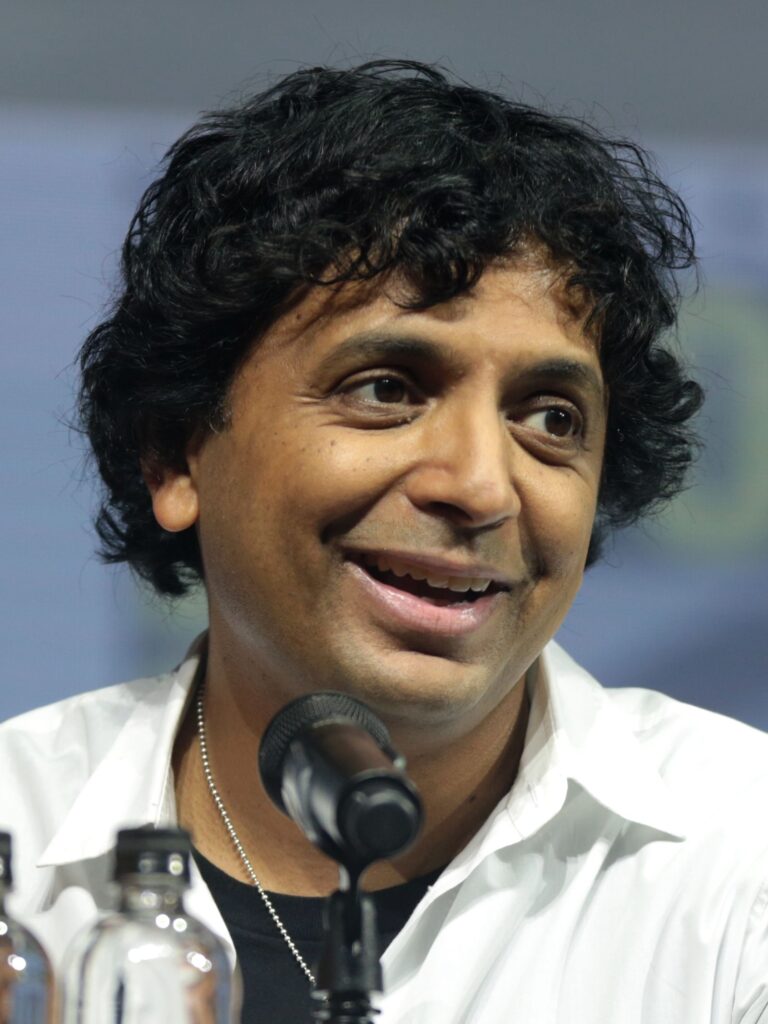
12. **Blueprint for a Universe: The Road to the *Unbreakable* Film Series**Here’s where Shyamalan truly put the “unbreakable” in *Unbreakable*. Despite initial denials and the aforementioned “disappointing box office,” the idea of a trilogy or a shared universe never truly died. Bruce Willis was quoted as early as 2000, “hoping for an Unbreakable trilogy.” Shyamalan initially dismissed these rumors, but the persistent hum of fan desire and those impressive DVD sales clearly planted a seed.
By 2001, Shyamalan actually approached Touchstone Pictures about an *Unbreakable* sequel, an idea the studio, perhaps shortsightedly, turned down. Discussions simmered, with Samuel L. Jackson expressing continued interest in 2008, and Willis reiterating in 2010 that Shyamalan was “still thinking about doing the fight movie between me and Sam.” The engine was sputtering, but it wasn’t dead.
Then came the surprise play: *Split*. In 2010, Shyamalan revealed that an additional villain, originally omitted from *Unbreakable* with an eye toward a sequel, was being repurposed for a new film. When *Split* hit theaters in January 2017, its uncredited cameo by Bruce Willis as David Dunn blew minds wide open, retroactively establishing it as a thematic sequel and confirming a shared world. The success of *Split* immediately greenlit a third film, *Glass*, released in January 2019, bringing back Willis, Jackson, Anya Taylor-Joy, and James McAvoy. *Unbreakable*, originally a standalone, had officially evolved into the foundational first installment of a multi-part cinematic universe—a narrative long game nobody saw coming. Talk about hitting the nitrous button on a sequel!
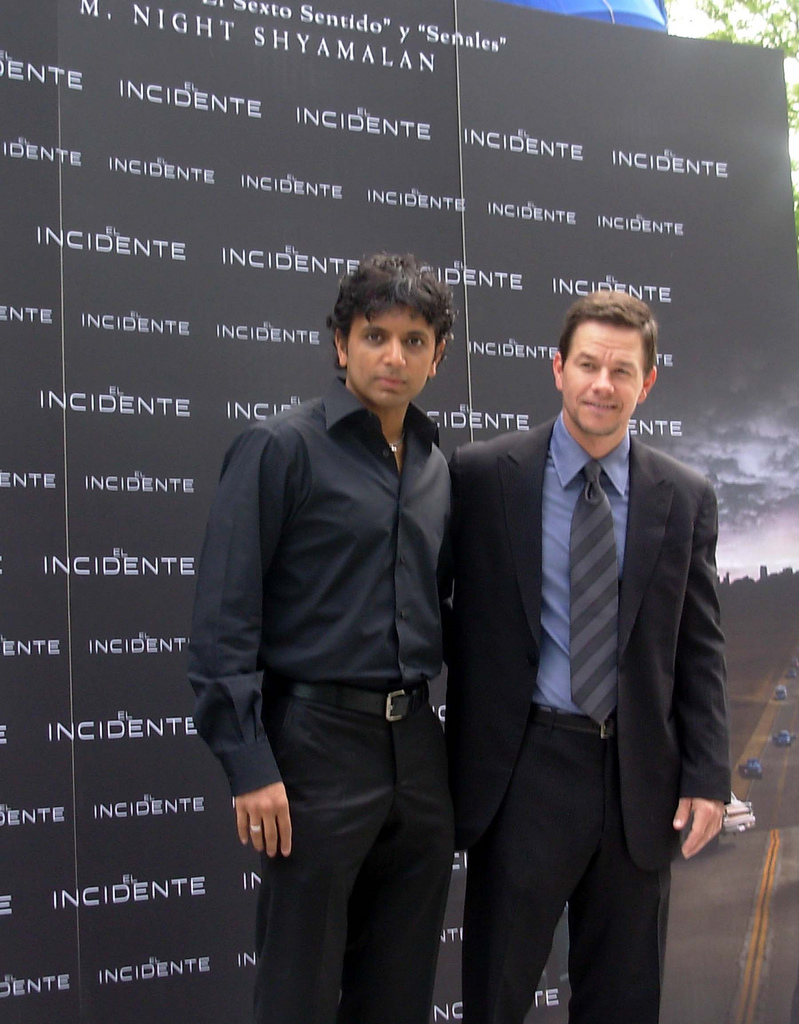
13. **Easter Eggs and Shared Worlds: Uncovering Hidden Connections**Shyamalan isn’t just a director; he’s a master of the slow reveal, a long-game strategist who loves to sprinkle in details that only become apparent years later. *Unbreakable* is riddled with these delicious nuggets, proving that the roots of his cinematic universe run far deeper than anyone initially suspected. It’s like finding hidden factory options on a classic muscle car years after you bought it.
Take Shyamalan’s own cameo. He appears as a “Stadium Drug Dealer” – a small, easily missed role. But in a move that’s pure Shyamalan, he reprised this character (credited as surveillance security guard Jai) in both *Split* and *Glass*, even jokingly referencing his shady stadium past. It’s a subtle wink to his dedicated fanbase, a thread connecting his seemingly disparate works into a cohesive tapestry.
Then there’s the mind-blowing fan theory, confirmed by Shyamalan in October 2018: the “Five-Year-Old Boy” and “Woman Walking By” who briefly bump into David Dunn outside the stadium in *Unbreakable* are, in fact, younger versions of Kevin Wendell Crumb and Penelope Crumb from *Split*. This revelation, later confirmed in *Glass*, showcases an astonishing level of foresight and planning, suggesting that the interconnectedness was part of Shyamalan’s vision from the very beginning, even if it took over a decade to fully materialize. It’s cinematic archaeology at its finest.
Furthermore, the “Orange Suit Man,” portrayed by Chance Kelly, was initially conceived to be the formidable villain “The Horde,” a character who would later become fully realized as Kevin Wendell Crumb in *Split*. Shyamalan consciously simplified the character in *Unbreakable* to maintain focus on David’s journey, but the seed of this terrifying antagonist was planted right there, waiting for its time to blossom. These aren’t just coincidences; they’re deliberate breadcrumbs leading to a meticulously crafted, interconnected world.
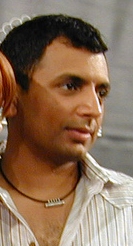
14. **Shyamalan’s Masterstrokes and Enduring Legacy**When you pull back all the layers of *Unbreakable*, what you find is not just a film, but a master class in controlled storytelling and a bold declaration of a director’s unique voice. It’s a testament to Shyamalan’s unwavering vision, even when faced with studio pushback and audience confusion. This movie wasn’t just another thriller; it was a mission statement, a philosophical treatise disguised as a grounded superhero origin.
Consider the raw material: “More than 15 minutes of footage was deleted during post-production,” scenes now available on the DVD release. This wasn’t just trimming fat; it implies Shyamalan had an expansive vision, making tough choices to hone the narrative to its precise, almost minimalist form. It speaks to his rigorous commitment to the story he wanted to tell, even if it meant shelving intriguing tangents for later.
*Unbreakable* stands tall as a benchmark for the “realistic vision of the superhero genre,” a film that dared to explore the mundane, melancholic, and deeply human aspects of extraordinary abilities. Its pervasive use of “comic book references,” from narrative structure to visual motifs and color palettes, wasn’t gimmicky; it was deeply integral, enriching the experience and rewarding repeat viewings. Its lasting impact, acknowledged by critics and fans alike, has cemented its place as “one of Shyamalan’s best films and one of the best superhero films” of all time.
This isn’t just a flick that stuck around; it’s a foundational text that reshaped what a superhero story could be, proving that the most profound powers often lie not in capes and explosions, but in quiet introspection, human connection, and the unwavering belief in one’s true self. *Unbreakable* is, in every sense of the word, an enduring classic.



